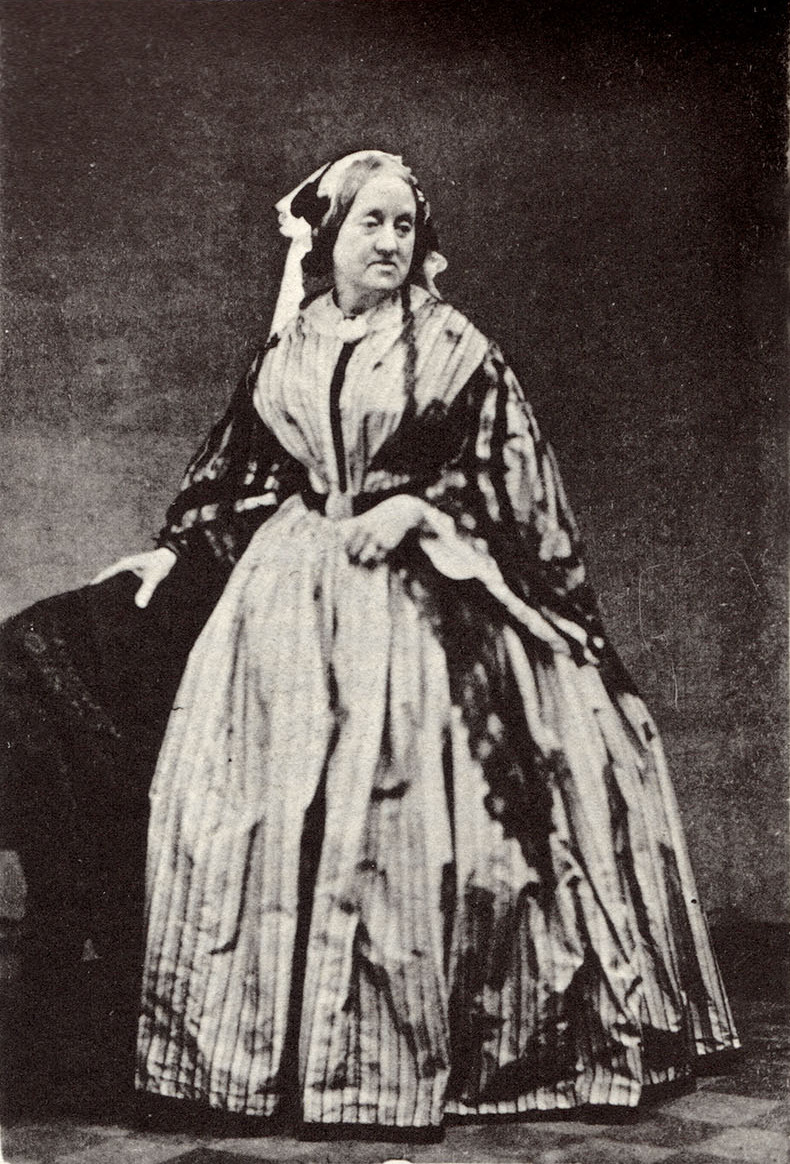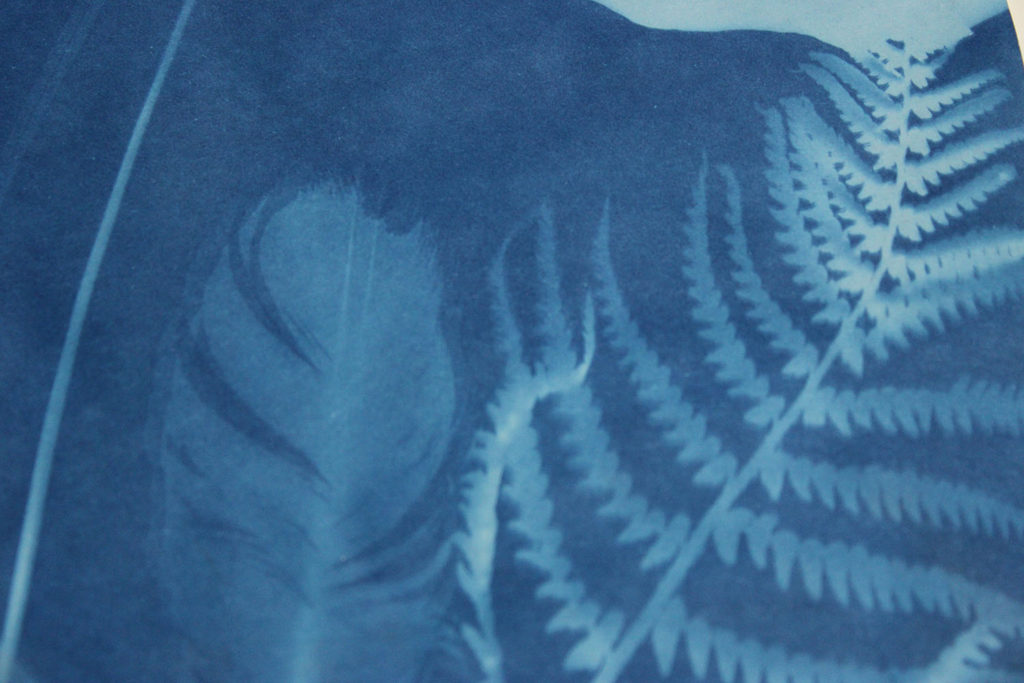The Cyanotype process was discovered in 1842 by Sir John Herschel, an English inventor. Herschel’s process leaves us with a white print on a blue background made by items found in nature. Cyanotypes work on a variety of surfaces but, being a textile artist, I use natural fibre fabrics, usually silk or cotton but also linen, hemp, rayon and silk/viscose velvet sometimes.


Cyanotypes as an art form
Anna Atkins, a botanical artist from Tonbridge made history with her cyanotypes as some say her cyanotypes created the first ever book to hold photographs, it has also been said that she was the first female photographer.
Atkins used a mix of exposure and chemicals to create her masterpieces which were mainly prints of flowers, plants from both land and sea. Anna Atkins images merged science and art, it also progressed the use of photographs in books.


My Cyanotype
For my cyanotype I collected plants, feathers and leaves from around Hamptonne. I enjoyed making these and found them very interesting as you can create anything you think of.


